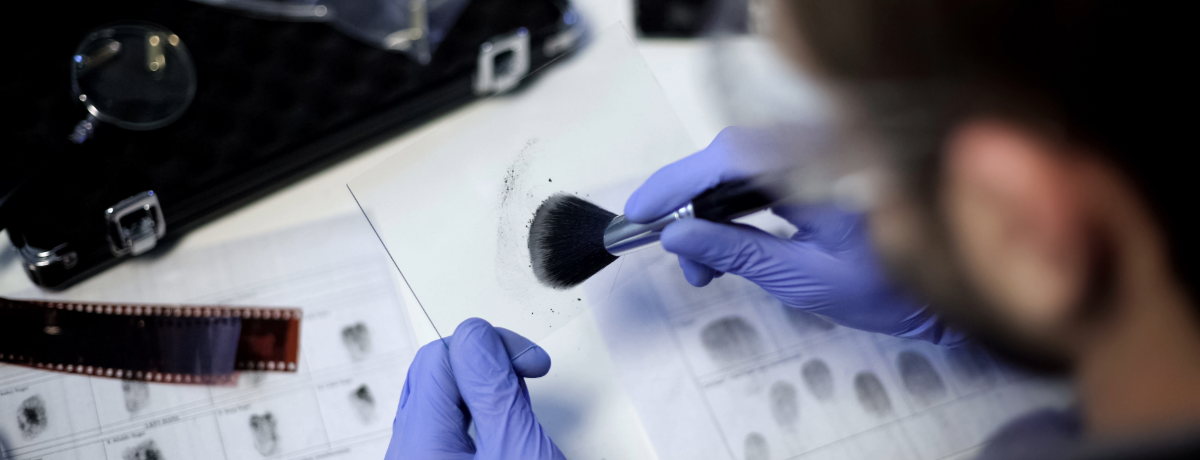
Exploring Forensic Science and Fingerprint Analysis with Mathematics
Have you ever wondered how mathematics can help solve crimes? Biology meets mathematics in criminal investigations through the BioMath module, "CRIME: Criminal Investigation through Mathematical Examination." This module, one of 20 in the BioMath series, is a product of a collaboration between COMAP and DIMACS at Rutgers University, and provides high school teachers and students with creative classroom materials that meld biological insights with mathematical problem-solving.
Understanding Fingerprints: Nature’s Unique Identifier
Fingerprints are nature's way of providing a unique identifier for each individual, setting even identical twins apart. This module offers a deep dive into the anatomy of the skin and the genetics that create these distinct patterns, such as loops, whorls, and arches, as well as features like cores and deltas. The discussion extends to genetic concepts like penetrance, expressivity, and epigenetics, which are crucial for understanding biological diversity.
Decoding Forensic Puzzles Through Mathematics
At the heart of this module is applying mathematics, especially graph theory, in forensic investigations. It teaches students how to create and analyze graphs by marking ridge characteristics as vertices and their connections as edges. This technique is crucial for matching fingerprints found at crime scenes and introduces students to the essentials of graph theory: vertices, edges, networks, and connectivity.
Integrating Technology into Forensic Practices
With the advent of digital technology, forensic science has seen significant advancements. The module emphasizes the importance of digital imaging and database technologies in improving the clarity and efficiency of fingerprint records. It also covers how algorithms can reduce human errors and biases in fingerprint analysis.
Hands-On Forensic Experience
Beyond theoretical knowledge, the module includes interactive activities that simulate real-life scenarios. Students engage in exercises that mimic the forensic process of analyzing fingerprints at a crime scene using mathematical techniques. These activities not only reinforce learning but also provide practical experience in forensic analysis.
Inspiring Future Forensic Experts
This module isn't just educational—it's a source of inspiration for students, educators, and anyone interested in the problem-solving behind criminal investigations. It fosters a deeper appreciation for the mathematical and scientific foundations that underpin forensic science.
The module is available to COMAP members here. If you are not yet a COMAP member, see our membership options here.
Written by
COMAP
The Consortium for Mathematics and Its Applications is an award-winning non-profit organization whose mission is to improve mathematics education for students of all ages. Since 1980, COMAP has worked with teachers, students, and business people to create learning environments where mathematics is used to investigate and model real issues in our world.
